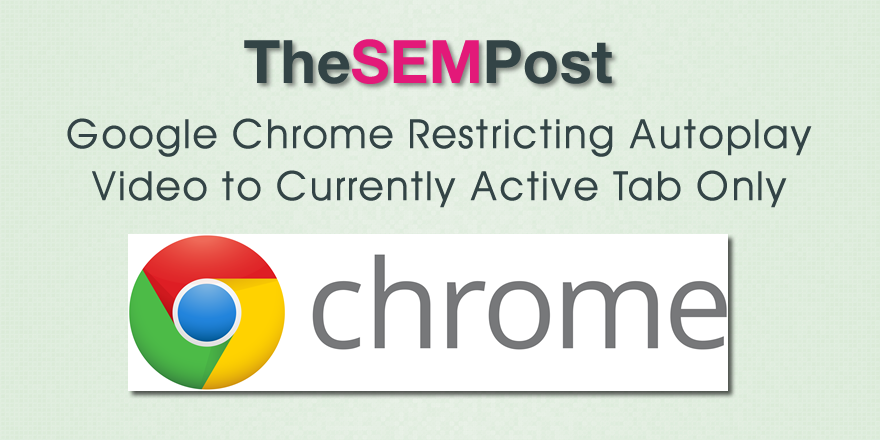


Other than that, the extension is pretty good at what it does. This may not be a problem if you don’t mind lack of configuration options but can be a bit annoying if you ever need to allow autoplay on certain sites. To disable the extension, you have to manually go to the extensions page and disable it from there. As you can guess, the lack of any options means you cannot add exceptions or you can’t even temporarily disable the extension. It just sits in the top corner of your screen and does the job as it should. The extension offers no options whatsoever.

When a video is blocked from autoplay, the extension displays a striking black text in capital letters on red background letting you know the same and telling you what to do in order to play the video. It just automatically blocks any video that starts to automatically play no matter whether the tab is in focus or not. That decision also has implications for web publishers and those operating web kiosks where interaction requirements before videos play may not be possible. While AutoplayStopper blocks video autoplay and gives you an option to add exceptions and user scripts, Video Autoplay Blocker is much simpler in what it does. For Chrome users, enabling or disabling autoplay for audio and video is a matter of personal preference, bandwidth usage, bandwidth cost, and accessibility, among other considerations.


 0 kommentar(er)
0 kommentar(er)
